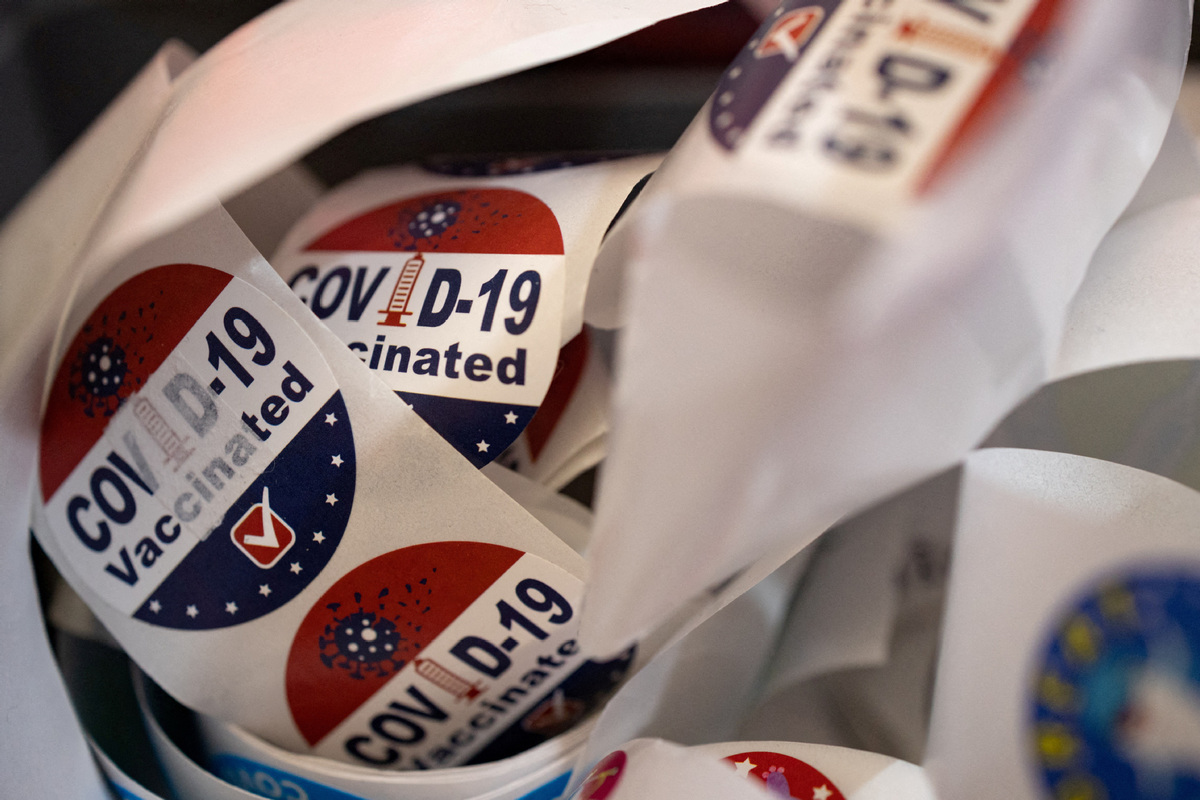New variants drive up COVID-19 infections in US as vaccination rate lags


LOS ANGELES - New Omicron subvariants BQ.1 and BQ.1.1 accounted for nearly half of new COVID-19 cases in the United States in the past week, while health officials have been urging the public to take an updated booster dose.
BQ.1.1 made up nearly 24.1 percent of circulating variants in the week ending Nov 12, and BQ.1 was estimated to make up 20.1 percent, according to the latest estimates from the US Centers for Disease Control and Prevention (CDC).
The two new variants have been growing especially fast since October. At the beginning of October, each one accounted for about 1 percent of new infections in the United States, but they have been roughly doubling in prevalence each week.
The two variants are descendants of Omicron's BA.5 subvariant and have been spreading rapidly in Europe.
The predominant Omicron lineage in the United States remains BA.5, which accounted for 29.7 percent of new infections in the latest week, CDC data showed.
The CDC is also tracking the rise of another COVID-19 variant known as BN.1, the latest new Omicron descendant now spreading around the country.
Some 4.3 percent of new COVID-19 cases nationwide are now linked to the BN.1 variant, according to CDC data. Prevalence of the new strain is largest in the West, in the region that spans Arizona, California, Hawaii, and Nevada.
A CDC official said Saturday at a webinar hosted by the Infectious Disease Society of America that BN.1 is estimated to be doubling in proportion roughly every two weeks across the country, though they cautioned that early estimates remain muddy.
Another new variant XBB had been watched closely abroad. It has yet to reach large enough levels in the United States to be listed as a standalone strain.
The rising trend of new variants has led regulators and vaccine manufacturers to monitor more closely in case they start to evade protection offered by current vaccines.
In fall 2022, the CDC recommended a bivalent mRNA COVID-19 vaccine booster dose for people aged 5 years and above. The updated booster dose is administered at least 2 months after completing the primary series or after receipt of a monovalent booster dose.
"Bivalent COVID-19 vaccine booster doses might improve protection against SARS-CoV-2 Omicron sublineages and, along with completion of a primary series in persons who remain unvaccinated, are important to protect against COVID-19, particularly among those people who are at increased risk for severe illness and death," said the CDC.
The COVID-19 vaccination rate in the United States lags that of many other high-income countries.
As of Nov 9, about 31.4 million people in the United States, or 10.1 percent of the US population, have received the updated booster dose, the latest CDC data show.



































